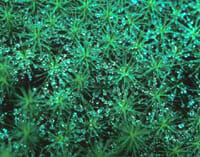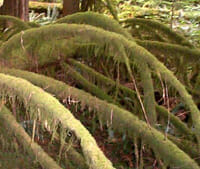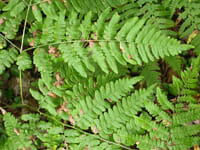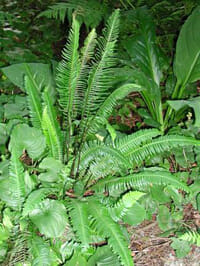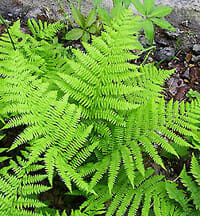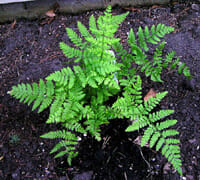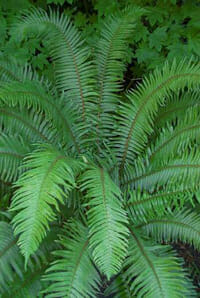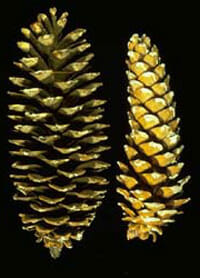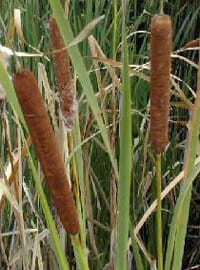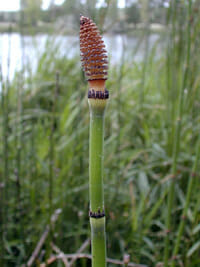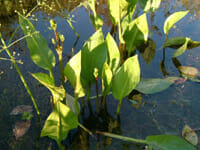The ground in Green Timbers slopes gently from northeast to southwest. The main stream is King Creek, with Enver and Quibble Creeks east and west of it. The soil is generally loam over gravely clay, altenating with low, moist patches. Much of the original humus layer was eroded in the course of logging and in clearing and burning in preparation for replanting. This resulted in the root systems being shallow as can be seen from the shape of the roots of the many blown over trees.
Haircap Moss
Haircap Moss - Polytrichales Polytrichaceae Polytrichum commune Identification & Description: The Hair Cap Mosses, called Bird Wheat or Pigeon Wheat in many localities, are the largest and in some respects most highly developed of all our mosses, and by reason of their size and common occurrence are familiar object to nearly everyone. [...]
